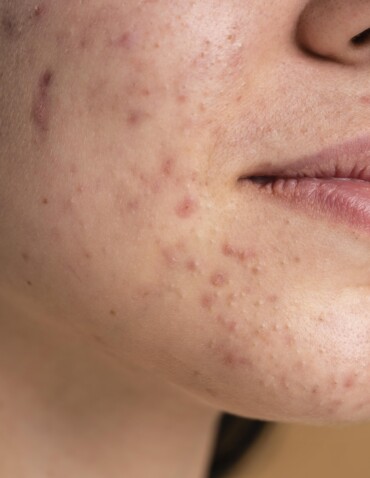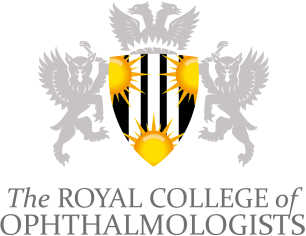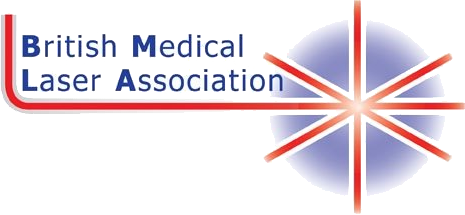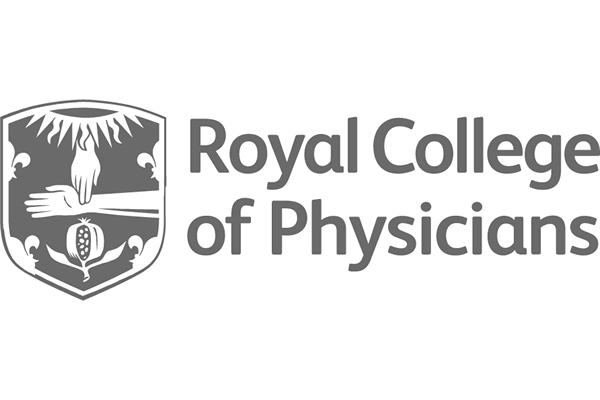Dermal Fillers
This involves injecting filler beneath the top layers to plump the skin and push the scarred sections outward. So, instead of a sunken scar that looks like a little hole in the skin, the scarred section is less visible and blends more naturally with the surrounding area.
However, while dermal fillers can be effective on certain types of acne scars, they are not necessarily the best treatment for ice pick scars. They can make them look less pronounced, especially deeper scars, so this process may work best with other approaches, namely subcision.
Laser Resurfacing
This method uses a high-intensity beam of light to target scarred areas of skin and vaporise the outermost surface layer. This works on a similar principle to microneedling – it creates a light skin injury, triggering the skin to start making collagen and other proteins to repair itself.
Laser for scars also helps provide additional stimulation in the deeper layers of the skin, encouraging even higher levels of collagen production. With more collagen in the area, the skin can produce new cells and repair damage (like ice pick scarring) more easily and quickly.
Once the new skin forms, the scar should appear much less prominent, and with repeat treatments, it can disappear entirely. This method works on other skin issues, like warts and fine lines, and generally helps make the skin look and feel more youthful.
Dermabrasion
If you are familiar with the idea of skin exfoliation—using a coarse brush or grainy skincare product to rub away dirt and dead cells from the top layer of skin—then you will have no trouble understanding dermabrasion, which is the same thing but on a more professional scale.
It involves the use of a unique abrasive device. Powered by a motor, this device spins at high speeds and is passed over the skin to remove the top layer. Again, as with many other forms of ice pick scar treatment, this essentially triggers the skin’s healing processes.
Collagen is made quickly and in large amounts to make new cells and repair the damage done. Scarred cells are then rubbed away to be replaced with new ones that blend with the rest of the skin.
Subcision
Subcision, or subcutaneous incision, is a type of minimally invasive surgery and a common solution among dermatologists treating acne scars. It involves making a small incision in the skin to insert a special type of needle, which breaks up the fibres surrounding the scar tissue.
The result is that the skin lifts and smooths out, and the appearance of the scar tissue should fade as targeted skin restoration starts in the area. The patient also has local anaesthesia to avoid any pain from the needle.
However, while this can be useful for various scars, there are better choices to heal ice pick scars because of their depth.
Punch Excision
This method is one of the most direct approaches. It involves cutting the scarred part of the skin out and then sealing up the skin from the sides. It is quick and can provide immediate results by removing the scarred tissue in one go.
However, punch excision can also leave a small scar—similar in diameter to the ice pick scar but flatter and less noticeable in most cases.


















